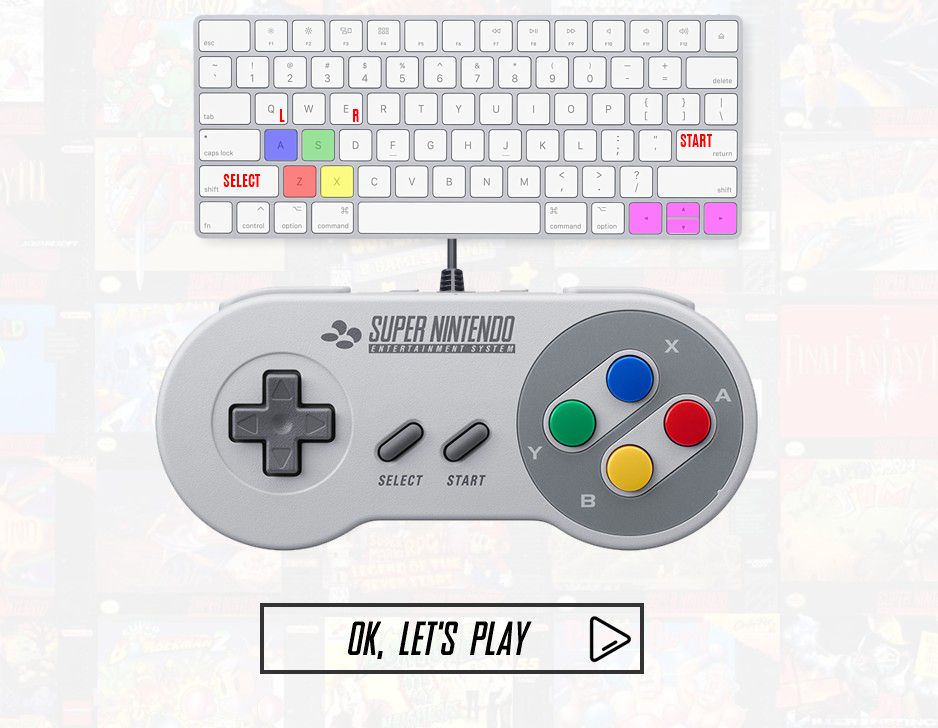Lufia 2

Lufia 2
Date added: Unknown
Tags:None
Rated the best by our players
5 out of 5 based on 1327 ratings.
Game Information:
Lufia II: Rise of the Sinistrals, known as Estpolis Denki II (エストポリス伝記II?, officially translated Biography of Estpolis II[1]) in Japan, and as simply Lufia in Europe and Australia, is a role-playing video game game with puzzle elements developed by Neverland and published in Japan in 1995 by Taito, and in North America and Europe in 1996 by Natsume and Nintendo respectively, for the Super Nintendo video game console. The game is a prequel to Lufia & the Fortress of Doom. It follows the story of the first main character's ancestor, Maxim, and explains the origins of the war between mankind and a group of gods called the Sinistrals. Lufia II made a number of changes from the first game. Dungeons no longer have random encounters and there are hundreds of puzzles throughout the game, ranging from simple to extremely challenging. It also introduced new skills, such as a variety of weapons that could be used to stun monsters or solve puzzles, and IP attacks. In 2009, Square Enix announced a re-imagining of the original game titled Lufia: Curse of the Sinistrals.
How to play:
↑ = up
→ = right
↓ = down
← = left
Z = A Button
X = B Button
A = X Button
S = Y Button
Q = L Button
E = R Button
Shift = Select
Enter = Start